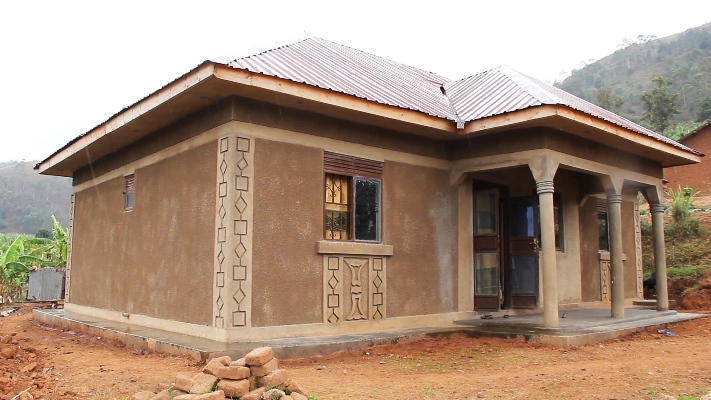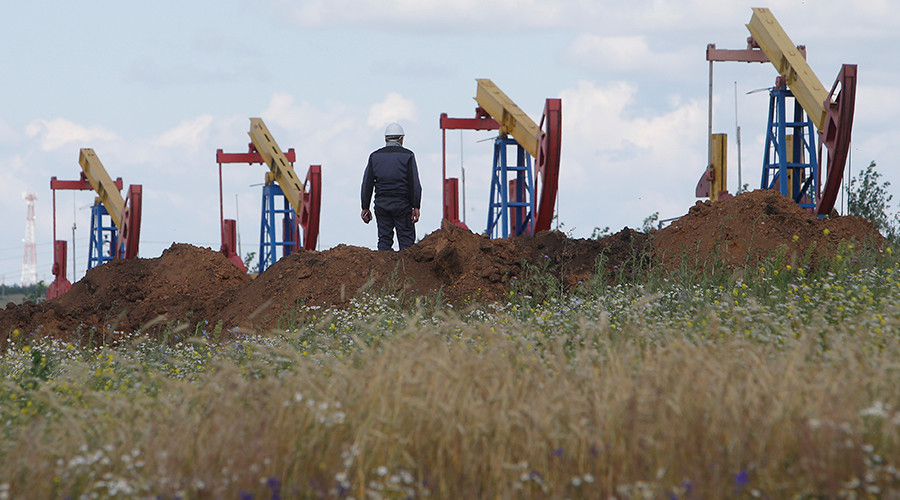By Anthony Batze
Each building has to be supported by something. It does not matter whether it’s a grass thatched house or a sky scraper, it will always need something to stand on which is called a foundation.
The foundation is a major part of a building that supports its weight. This should be built with care because it determines how strong and firm your house will stand.
The foundation is a structure that transforms the load of the house to the earth to give it a firm and stable hold.
A house needs a foundation to shoulder its weight, provide a flat and level base for construction and separate wood-based materials from contact with the ground.
It’s crucial to note that a foundation for a storied building differs from that of a non-storied one.
Foundation Types
There are different types of foundations which are determined by where you are building, the type of house you are building and the number of floors for the building.
Pad Foundation: This is used in areas that have either clay or sandy soils because these soils normally offer weak foundations, so you need to use a lot of concrete, cement and aggregate to create a strong foundation.
Strip Foundation: This is commonly used in swampy areas and in this case they use a lot of concrete, cement and aggregate because these foundations are appropriate for the swampy areas.
Raft Foundation: It normally consists of a concrete slab which covers the whole area of the foundation and to strengthen it more, you need to put beams inside the foundation especially if it’s a storied building.
Slab-On-Grade Foundation: The weight of the building is transferred to the soil through a concrete slab placed at the surface. The slab is poured thicker at the edges to form an integral footing and then rods are placed to strengthen the thick edges.
Basic Considerations
However, when setting up the foundation of a house in a swampy area, you need to first install aggregate of 300ml in the foundation because this helps in giving way to the flowing water so that it will not rise up to the level of the floor and afterwards you put a damp proof membrane [DPM] on top of the aggregate.
The membrane acts as a barrier between the water and the building structure, thus preventing the passage of water.
In case your building is in an area with a lot of water, its best to put hard core stones in the foundation. This will give way to the flowing water and after putting the hard core stones in place, you then put a damp proof course on top of the hard core to prevent the water from rising to the level of the floor.
Hire an expert to look into changes in soil moisture, which may cause it to swell and shrink especially in areas with clay soil.
When this happens, it causes the soil to distort, cracking the structure over it.
Piling is another technique used by contractors to set a deep foundation for structures such as buildings. By driving and embedding piles of wood, concrete or steel into the deep soil of the ground, the piling contractors are able to provide a strong support to the building structure at the foundation level. Other piling materials are precast concrete piles, vertical columns of wood, steel sheet piles and timber piles.
Fatal Foundation
If you are keen enough, you will notice foundation problems on the exterior of the house such as cracks, separation at the corners of a roofline where the trim is and diagonal stair-stepping cracks through brick mortar.
Murram should be dumped in levels of 200mm after which you compact it. You do this until you fill up the empty space because if the ground is not firm enough, it forms uneven settlements which cause cracking in the foundation thus leading to the collapse of the building.
Poor mixture of the building materials can also result into shaky foundations. The major materials in the construction of a building are cement, sand and aggregate. These have to be mixed consistently to achieve the needed strength of concrete.
The drainage near a house causes soil moisture, for instance, poor drainage from broken water pipes and rain water that falls into gutters. This should be directed away from the house and gutter downspouts should not release water next to the foundation.
Foundation Failures
Some common problems leading to foundation failures include; under sizing the foundation – when the expected loading is correctly projected, but the bearing capacity of the foundation soils is over-estimated.
Erroneous design- when foundation strength is correctly established, but the expected load imparted on the soils is under-estimated.
When differential and total settlements are wrongly assessed, then the resultant stresses are transferred to the structure, manifesting as cracks or total shear failures.
Soil-structure interaction- when the capacity of a foundation to resist sliding greatly depends on the assumptions of the structure-foundation interaction assumed, and that actually achieved.
Depth of investigations- prior to construction, geotechnical investigations should be conducted to establish the soil profiles down to depths expected to be affected by the imparted loads of the structure.
Insufficient depth investigations increase the risks of uncertainties, and also the possibility of accidentally missing out on soft regions buried from view e.g. long-forgotten rubbish dumps.
Termite action- this enhances soft cavities beneath the loaded footings, causing unprecedented settlements described above.
Adjacent constructions- deep excavations at adjacent properties cause foundation displacements due to the release of lateral earth pressures, and an alteration of the water table levels.
The latter increases the effective pressures imparted by a foundation of an existing structure, by easing the pore water pressure.
Ground vibrations- whether construction or earthquake-induced, ground vibrations tend to cause the soil beneath the structure to assume a denser configuration under the structure loading. The result is unprecedented post-construction settlement.
Unauthorized building extensions- It is not uncommon for building proprietors to add stories to existing structures without regard to the need for enhancing the foundation.
It’s advisable to immediately look into leaking roofs, cracked walls, drainage problems say from broken water lines as soon as they are noticed because it gets more costly to repair with time and can be dangerous for the occupants of the house.
With strong foundations, earth quakes will leave no impact on the house.
The Writer is a Managing Partner and Civil Engineer at KMBIEDConcepts Limited





